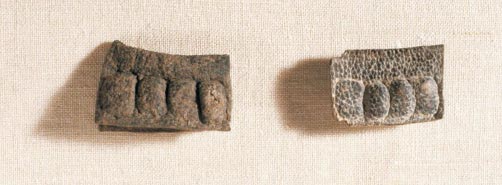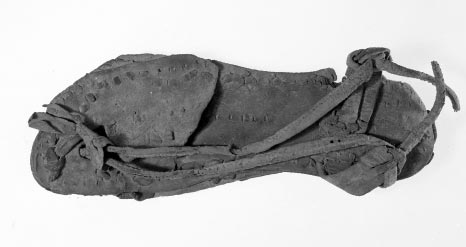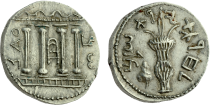Featured Scrolls
The discovery of the first Dead Sea Scrolls in a remote Judean Desert cave in 1947 is widely considered the greatest archaeological event of the twentieth century. Bedouin treasure hunters and archaeologists ultimately found the remains of hundreds of ancient scrolls. These fragile pieces of parchment and papyrus, including the oldest existing copies of the Hebrew Bible, were preserved for two thousand years by the hot, dry desert climate and the darkness of the caves where they were placed. The scrolls provide an unprecedented picture of the diverse religious beliefs of ancient Judaism, and of daily life during the turbulent Second Temple period when Jesus lived and preached.
Biblical Scrolls
Fragments of every book of the Hebrew Bible (except the Book of Esther) were found in the Qumran caves, the most famous of the Dead Sea Scrolls sites. Remarkably, some of these ancient copies are identical to the traditional text of the Hebrew Bible that is used today. Other copies preserve differences in the text, which was in the process of standardisation.
genesis
the ten commandments
psalms scroll
paleoleviticus
tefillin

Non-Biblical Scrolls
Non-biblical texts discovered among the Dead Sea Scrolls offer us a tantalizing glimpse of life during the Second Temple period and the opportunity to understand the attitudes, desires and aspirations of the people of that time. Most of the scrolls from the Qumran caves are religious writings from the Second Temple period. Some of these reflect the life and philosophy of a distinctive group that called itself the “Yahad” (“Community”). At other sites, the major finds were administrative and personal documents dating from the catastrophic Judean revolt against Rome in 132–135 ce.
enoch
apocryphon of daniel
the book of war

legal papyrus
The Archive
As part of the conservation efforts to preserve the Scrolls for future generations, the IAA has initiated the Leon Levy Dead Sea Scrolls digitization project. Using the most advanced and innovative imaging technology, each Scroll fragment is imaged in various wavelengths and in the highest resolution possible then uploaded to the Digital Library. For the first time ever, the Dead Sea Scrolls archive is becoming available to the public online.
